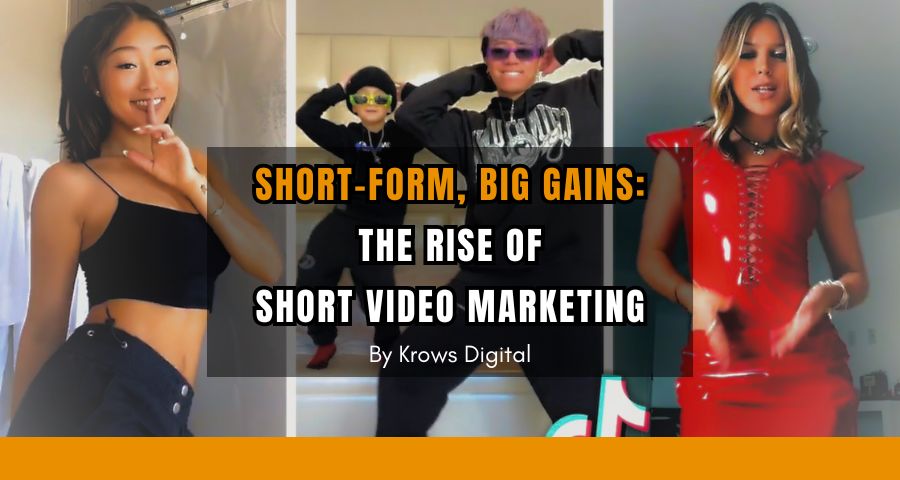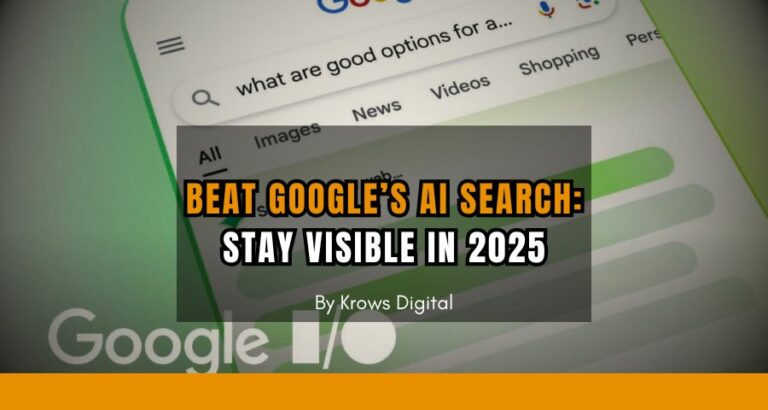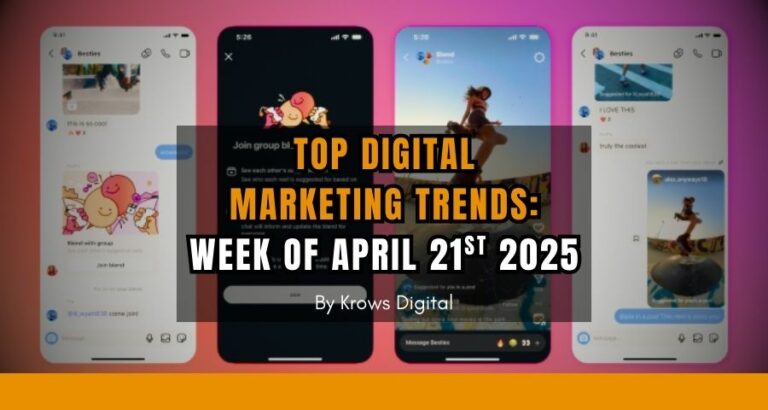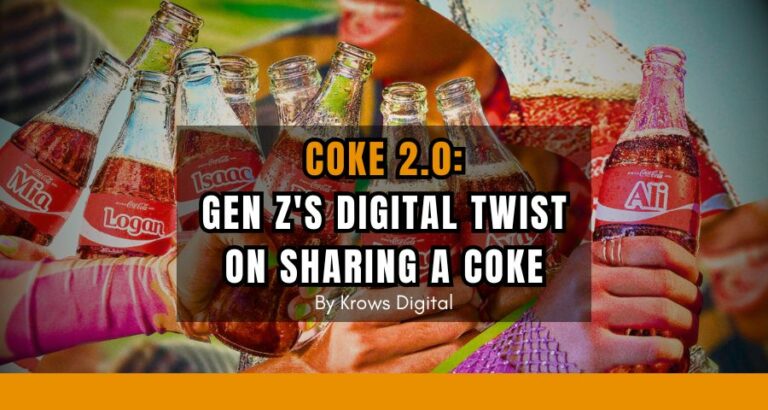In today’s fast-paced digital world, attention spans are shrinking and consumers crave content that is engaging, easily digestible, and instantly shareable. This shift in behavior has propelled short-form video to the forefront of digital marketing. Platforms like TikTok, Instagram Reels, and YouTube Shorts are not only entertaining millions worldwide but are also transforming how brands build awareness and drive conversions. This article explores why short-form video is dominating the social media landscape, how brands are leveraging these platforms, and what this means for the future of marketing.
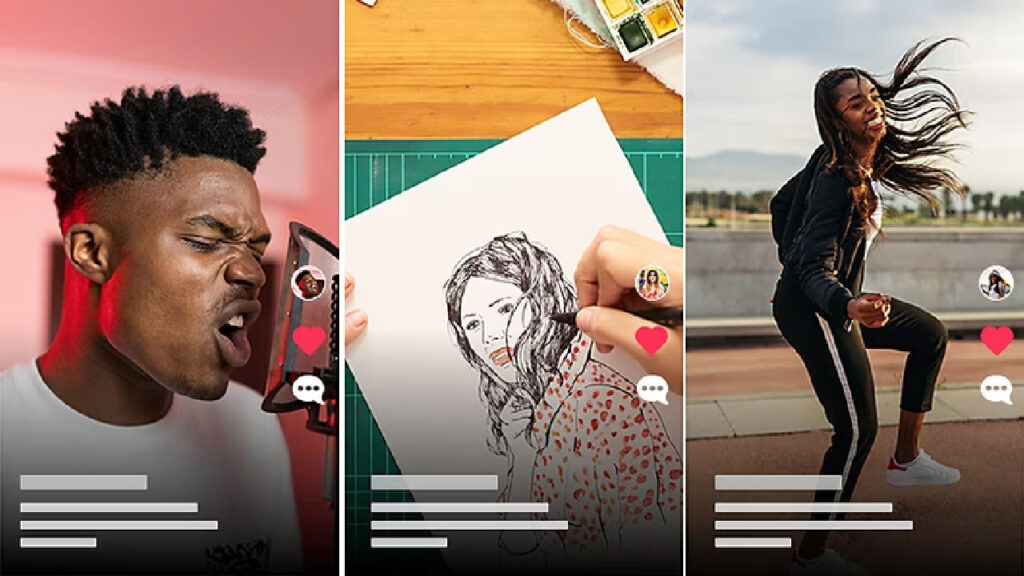
The Rise of Short-Form Video
Short-form video content has exploded in popularity over the last few years. Unlike traditional long-form videos or static content, short videos—typically ranging from 15 to 60 seconds—are designed to capture viewers’ attention quickly. According to recent research from Sprout Social, short-form videos are the most engaging type of content on social media, consistently outperforming other formats in terms of views, likes, and shares [sproutsocial.com].
This format is perfectly suited for mobile consumption. With over 90% of social media users accessing content via smartphones, videos that load quickly and deliver a concise message are essential. Whether it’s a funny skit, a quick tutorial, or a product showcase, these videos meet the demand for immediacy and convenience that today’s digital audience expects.
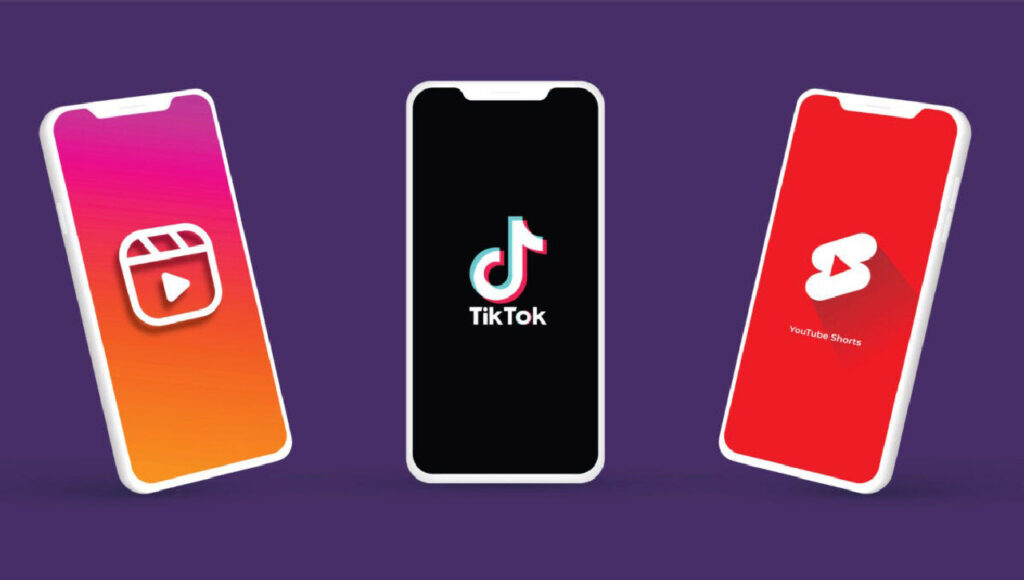
Platform Highlights: TikTok, Instagram Reels, and YouTube Shorts
TikTok: The Pioneer of Bite-Sized Entertainment
TikTok is widely recognized as the trailblazer in short-form video. Its algorithm is designed to surface content that is highly relevant to each user, keeping audiences engaged for hours on end. Marketers have taken notice: brands from fashion and beauty to tech and food are using TikTok not only to entertain but also to drive direct sales. For example, innovative campaigns that use trending challenges and hashtags have enabled companies to reach millions in a matter of days [quickframe.com].
TikTok’s format allows creators to experiment with music, effects, and transitions in a way that turns ordinary content into viral sensations. The platform’s “For You Page” (FYP) makes it easy for even small creators to reach a large audience, which is why many brands collaborate with influencers to tap into this viral potential.
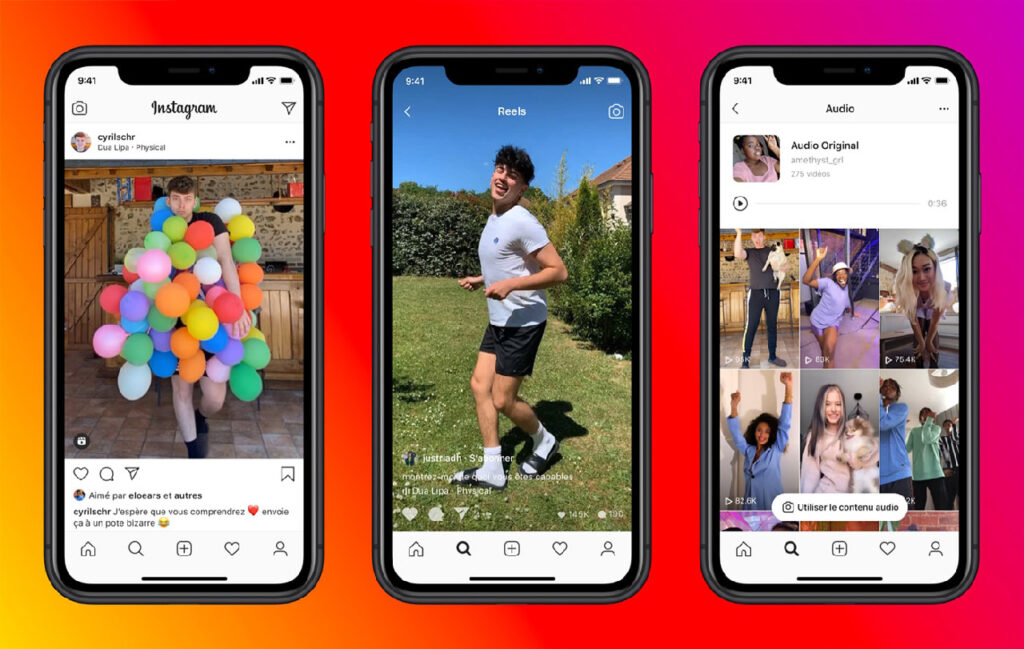
Instagram Reels: The Evolution of Instagram’s Video Strategy
Instagram, initially a photo-sharing platform, evolved its video offerings with the launch of Reels. Instagram Reels allow users to create 15- to 60-second videos, offering a direct competitor to TikTok. Reels have quickly become a central part of Instagram’s strategy to keep users engaged. The feature benefits from Instagram’s vast user base, enabling brands to integrate video content into their existing feeds seamlessly.
Many companies now create Reels that showcase behind-the-scenes footage, quick tutorials, or product highlights. This content not only boosts engagement but also drives higher conversion rates, as viewers are more likely to take action after watching an appealing, concise video [hootsuite.com].
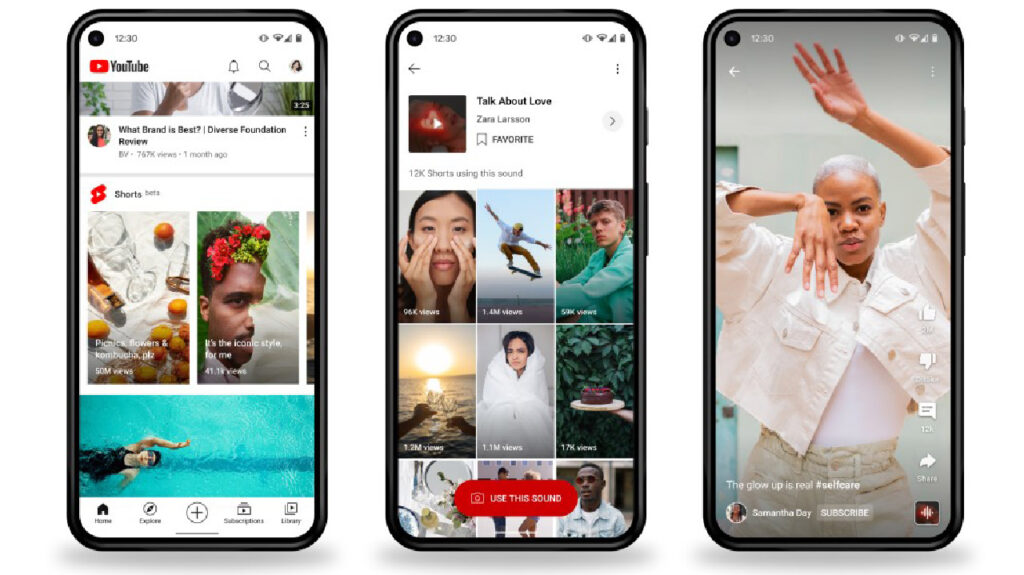
YouTube Shorts: Capitalizing on YouTube’s Video Legacy
YouTube Shorts is YouTube’s answer to the short-form video trend. With its familiar interface and massive global audience, YouTube is uniquely positioned to capture the short-form video market. Shorts are designed to be easily consumed on mobile devices, with many creators producing content that ranges from comedy sketches to quick educational clips.
For marketers, YouTube Shorts offer an additional channel to experiment with content that drives both engagement and brand recall. Brands have begun integrating Shorts into their broader video strategies, ensuring that their message reaches audiences who prefer quick, impactful content over longer, more traditional videos [sproutsocial.com].
ready to take your business to the next level?
Get in touch today and receive a complimentary consultation.
Why Short-Form Video Dominates
Attention Economy
The digital age is defined by the "attention economy," where the value of content is measured by how quickly it can capture and hold a viewer’s interest. Short-form videos cater perfectly to this economy. In a world inundated with information, a 15- to 60-second video is all the time a viewer has before scrolling past. Marketers who master this art form can deliver powerful messages in a short window, making every second count.
Mobile-First Consumption
Mobile devices are now the primary means of accessing the internet for billions of users worldwide. Short-form videos are optimized for mobile viewing—they load quickly, require less bandwidth, and are easier to watch on smaller screens. This mobile-first approach is crucial for reaching today’s consumers, who expect content that is accessible wherever they are.
High Engagement and Shareability
Short videos are highly engaging because they combine visual storytelling with sound, effects, and music. Their brevity forces creators to be creative and impactful, often resulting in content that is both memorable and shareable. As users share these videos with friends and followers, the organic reach of such content grows exponentially, leading to viral trends that can boost brand awareness dramatically [quickframe.com].
Lower Production Costs
Compared to long-form content or traditional advertising campaigns, short-form videos are relatively inexpensive to produce. Brands can quickly generate creative content without the need for extensive resources. This cost-effectiveness allows companies of all sizes—especially small businesses and startups—to participate in the digital conversation and compete with larger competitors.
Flexibility and Creativity
Short-form videos provide a versatile canvas for creativity. Marketers can experiment with different styles—from humor and tutorials to emotional storytelling—without committing to a lengthy production schedule. This flexibility encourages continuous innovation, as brands can quickly iterate and adjust their content based on audience feedback and emerging trends.
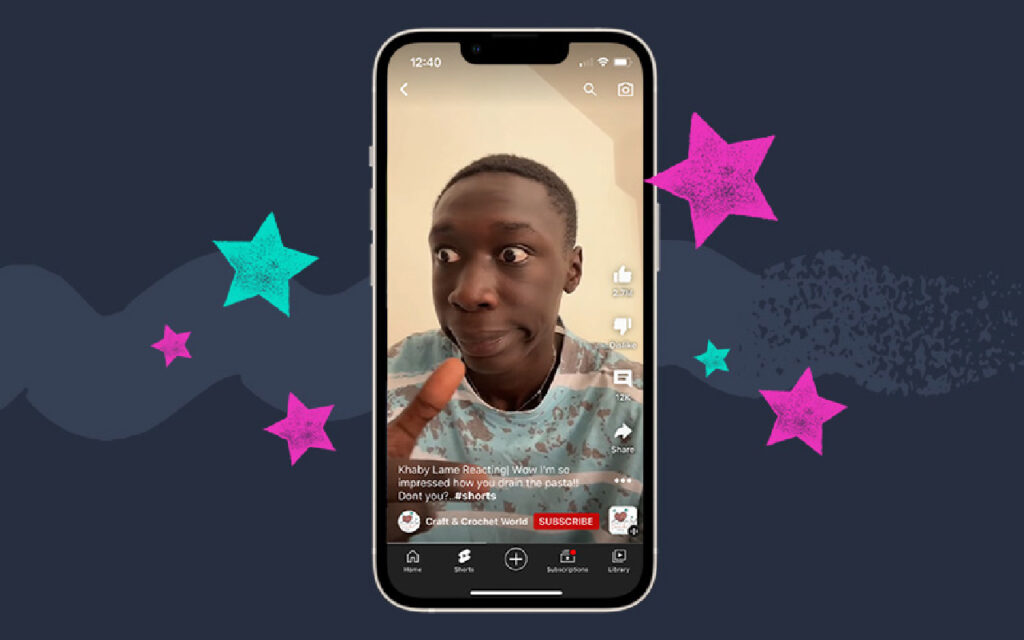
Strategies for Marketers
Leverage Trending Hashtags and Challenges
One of the key drivers of virality on platforms like TikTok and Instagram is the use of trending hashtags and challenges. Brands can tap into these trends by creating content that aligns with popular challenges, thereby increasing the chances of their videos being featured on users’ FYP or Explore pages. For example, a beauty brand might launch a makeup challenge or a fitness company might create a quick workout routine challenge to engage users and boost visibility [
Collaborate with Influencers
Influencer partnerships are a proven way to extend reach and build credibility. Collaborating with influencers who specialize in short-form video content can help brands tap into pre-existing communities and gain trust. Influencers can authentically integrate products into their content, making the promotions feel less like advertisements and more like genuine recommendations. This strategy not only drives engagement but also leads to higher conversion rates, as followers are more likely to act on recommendations from trusted creators.
Experiment with Different Content Formats
Successful short-form video campaigns often experiment with various content formats. Brands can create product demonstrations, behind-the-scenes looks, customer testimonials, and even user-generated content compilations. By testing different styles, marketers can identify what resonates best with their target audience. Data analytics and A/B testing tools are essential here, enabling brands to measure engagement and refine their strategies over time.
Focus on Storytelling
Even within the confines of 15 to 60 seconds, effective storytelling is possible. Marketers should aim to craft a narrative that captures attention quickly, delivers a clear message, and evokes an emotional response. Whether it’s through humor, drama, or inspiration, a compelling story can make a brand memorable. Storytelling also helps in reinforcing brand identity and building a deeper connection with the audience.
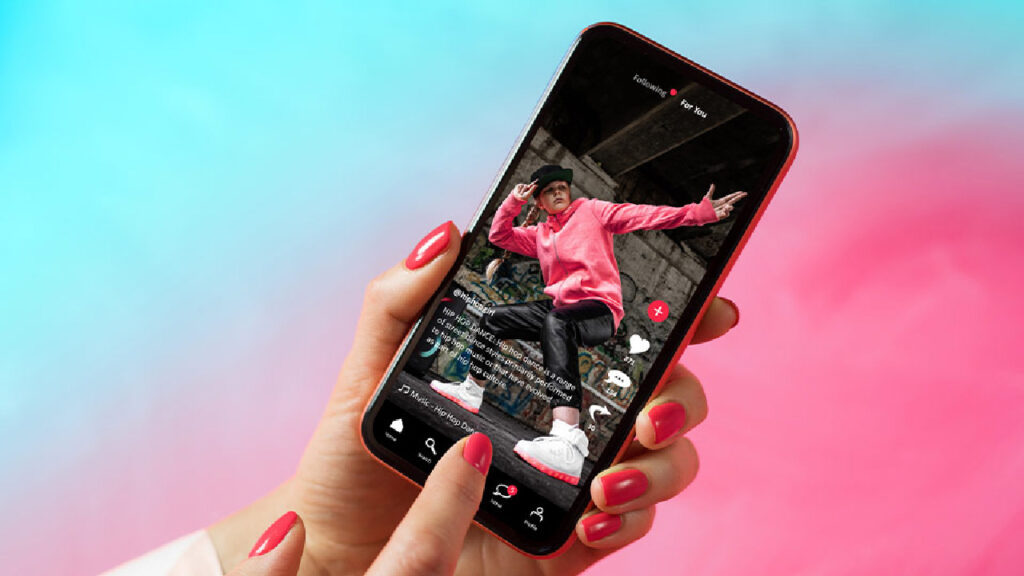
Optimize for Mobile Viewing
Given the mobile-first consumption of short-form video, optimizing content for mobile devices is crucial. This includes ensuring videos load quickly, are formatted correctly for vertical viewing, and use eye-catching visuals that can grab attention even without sound. Subtitles and captions can enhance accessibility, making sure the message is conveyed even when the video is viewed on mute—a common scenario in public spaces.
Incorporate Call-to-Actions (CTAs)
While entertainment is a primary goal, the ultimate objective for many brands is conversion. Including clear and persuasive call-to-actions within short videos can guide viewers toward taking the next step, whether it’s visiting a website, following a social media account, or making a purchase. Effective CTAs are brief, direct, and seamlessly integrated into the content, ensuring they don’t disrupt the viewing experience but still prompt action.
Impact on Brand Awareness and Conversions
Short-form videos are particularly effective at boosting brand awareness. Their high engagement rates and shareability mean that brands can reach a vast audience with relatively little effort. A single viral video can generate millions of views, translating into significant organic reach and increased brand recall. Moreover, the visual and auditory elements of video help in building an emotional connection with the audience, making the brand more memorable.
Conversion is another key benefit of short-form video. Dynamic and persuasive videos can drive immediate action by clearly demonstrating product benefits or showcasing a lifestyle that consumers aspire to. For instance, a fashion brand might use a quick clip to highlight the versatility of an outfit, while a tech company could showcase a product’s ease of use. The immediate nature of these videos means that viewers are more likely to act on impulse, driving up conversion rates. Additionally, the integration of CTAs in short videos helps channel viewers directly to purchase pages or sign-up forms, thus shortening the customer journey and reducing friction in the conversion process.
Future Trends in Short-Form Video Marketing
The dominance of short-form video shows no signs of slowing down. As consumer behavior continues to evolve, marketers are likely to see several trends emerge in this space:
Greater Integration of AI and Personalization
As artificial intelligence becomes more sophisticated, brands will increasingly use AI tools to personalize video content. From automated editing to dynamic content customization based on viewer behavior, AI will enable marketers to create videos that are even more targeted and engaging. This personalization can lead to higher conversion rates as content becomes more relevant to individual viewers.
Enhanced Interactivity
Future short-form videos may incorporate interactive elements such as clickable overlays, embedded polls, or real-time Q&A sessions. These interactive features can further engage viewers by allowing them to participate in the content rather than passively consuming it. Interactivity not only boosts engagement metrics but also provides valuable data on consumer preferences and behavior.
Convergence of E-Commerce and Video
The seamless integration of shopping features within social media platforms is set to become even more prevalent. Brands are already experimenting with shoppable videos, and we can expect this trend to evolve further. As platforms refine their commerce tools, short-form videos may directly drive sales through embedded purchase options, blurring the line between content and commerce.
Continued Evolution of Platform Algorithms
The algorithms that drive content discovery on TikTok, Instagram Reels, and YouTube Shorts will continue to evolve. These algorithms are becoming better at predicting what users want to see, which means that high-quality, engaging short-form videos will receive even more organic reach. For marketers, staying on top of these changes and optimizing content accordingly will be crucial for maintaining visibility.
Cross-Platform Synergy
Brands are beginning to recognize the value of a cohesive strategy that spans multiple platforms. Rather than treating TikTok, Instagram Reels, and YouTube Shorts as separate channels, forward-thinking marketers will integrate their short-form video content into a unified cross-platform strategy. This synergy allows brands to reinforce their messaging, reach a wider audience, and create a consistent brand experience across all touchpoints.
Conclusion
Short-form video has undeniably become the king of digital content. Its ability to capture attention in a matter of seconds, combined with its high shareability and mobile-first design, makes it an indispensable tool for modern marketers. Platforms like TikTok, Instagram Reels, and YouTube Shorts are revolutionizing the way brands communicate with their audiences—driving both brand awareness and conversion through dynamic, bite-sized videos.
For marketers, the key to success in this space lies in embracing creativity, leveraging data for personalization, and staying agile to adapt to rapidly evolving platform algorithms. Whether you’re a global brand or a small business, short-form video offers a cost-effective, engaging, and powerful way to connect with your audience in an increasingly crowded digital landscape.
As we look ahead, the continued integration of AI, interactive elements, and e-commerce features promises to push the boundaries of what short-form video can achieve. The future of digital marketing will undoubtedly be shaped by brands that can master the art of creating compelling, bite-sized content that not only entertains but also inspires action.
By understanding and leveraging the dominance of short-form video, brands can position themselves at the forefront of the digital revolution—ensuring that they capture the attention of today’s fast-moving, mobile-first consumers while driving meaningful business outcomes.
Sources:
- sproutsocial.com – "10 social media trends you need to know in 2025" (Sprout Social)
- hootsuite.com – "Social Media Trends 2025" (Hootsuite)
- quickframe.com – "Top Social Media Video Marketing Trends for 2025" (QuickFrame)
- Additional insights from industry research on influencer marketing and e-commerce trends as observed on various platforms.

